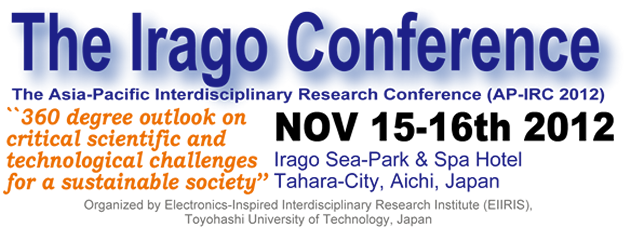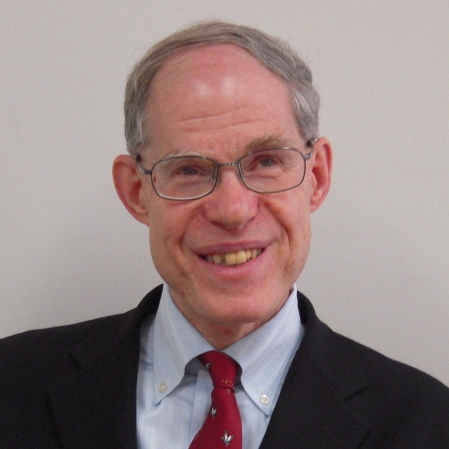Dr. Robert Geller
"Limitations of predicting earthquakes and the myth of safety at Fukushima"
Position
Professor of geophysics at the Graduate School of Science,
The University of Tokyo
Research Area
Seismology
Education and Career
He received B.S. and Ph.D. degrees in geophysics from the California Institute of Technology (Caltech) in 1973 and 1977, respectively. After one year as a postdoctoral researcher at Caltech and six years as assistant professor at Stanford University, he was appointed as associate professor at the University of Tokyo in 1984, becoming its first tenured non-Japanese faculty member, and was promoted to his present position in 1999.
Current Research
His present research focus is numerical modeling of the propagation of seismic waves through heterogeneous models and analyzing observed seismic waveforms to determine the fine structure of the Earth’s interior. He and his colleagues are applying these techniques to infer Earth structure on a global scale, and are also working on adapting them for application to seismic prospecting for oil and gas. He also has worked on problems involving the physics of earthquake sources, notably scaling laws and similar earthquakes. His complete publication list may be found here.
Geller’s paper pointing out the lack of a sound technical basis for Japan’s earthquake prediction program was published in Nature in 1991, and his paper “Earthquakes cannot be predicted” was published in Science in 1997. After the March 11, 2011 Tohoku earthquake his paper “Shake-up time for Japanese seismology” was published in Nature in April, 2011, and his popular book in Japanese “Nihonnjin wa shiranai ‘zishin yochi’ no shoutai” (“What Japanese people don’t know about ‘earthquake prediction’) was published by Futabasha in August, 2011. He was the invited keynote speaker at a symposium on the lessons of the Tohoku earthquake convened by the Seismological Society of Japan in October, 2011.


